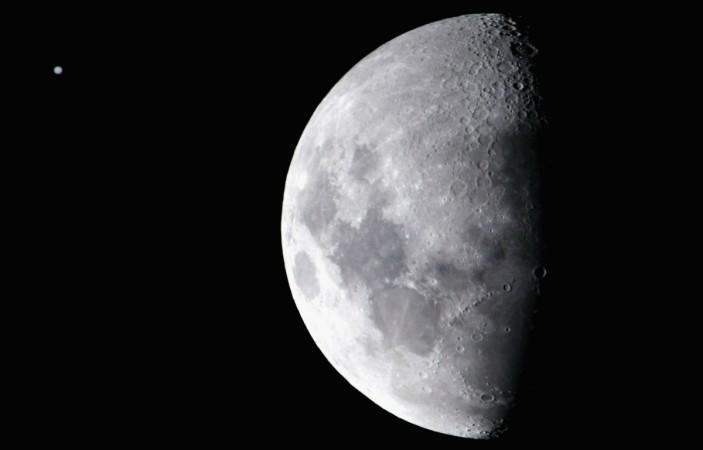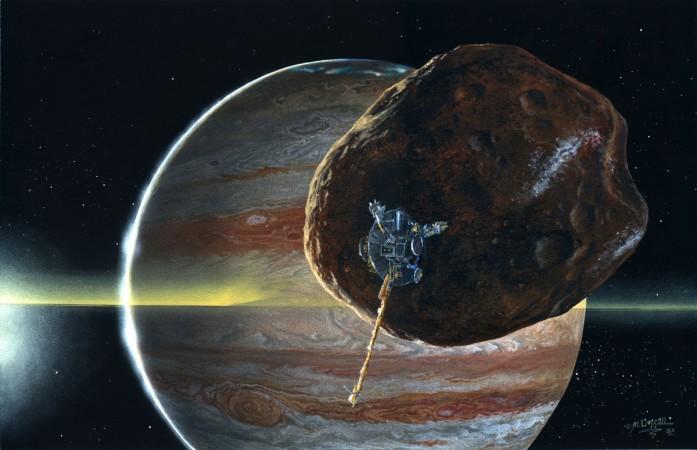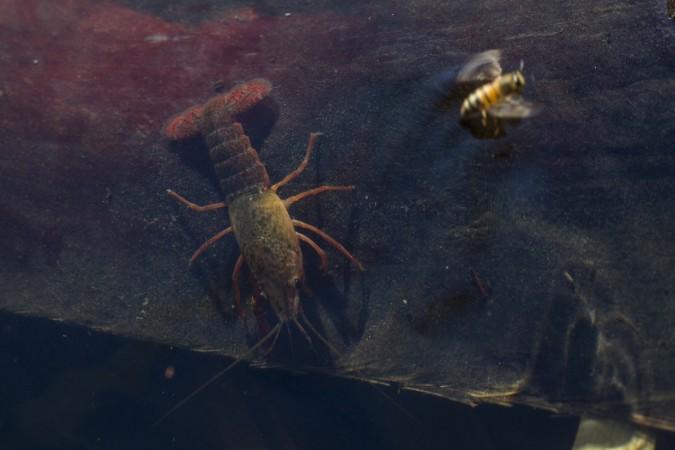
While the entire scientific community has been trying to find traces of life on Mars, recent scientific studies have revealed that we might find some fellow living organisms on Jupiter!
A research by Brown University has led to evidence of the icy shell of Jupiter's moon Europa possibly having tectonic plates, just like Earth.
Also read: This is what former NASA engineer reveals about space UFO sightings
For all those confused about how this is relevant: The existence of tectonic plates also implies the possibility of life in the ocean that supposedly exists beneath Europa's surface.
The study has been published in the Journal of Geophysical Research: Planets. It uses computer modelling to show that subduction – the process of a tectonic plate sliding underneath another and sinking deep into a planet's interior – is possible underneath the icy shell.
Earlier studies of Europa's surface geology had revealed that certain regions of the moon's ice shell expand in a pattern seemingly similar to that of the mid-ocean spreading ridges on Earth. And the possibility of subduction adds to that now.
"We have this evidence of extension and spreading, so the question becomes where does that material go?" said Brandon Johnson, an assistant professor in Brown's Department of Earth, Environmental and Planetary Sciences, who also happens to be the lead author of the study.
"On Earth, the answer is subduction zones. What we show is that under reasonable assumptions for conditions on Europa, subduction could be happening there as well, which is really exciting," he said, also explaining that the surface crust is enriched with oxidants and other life aiding chemical food.

"If indeed there's life in that ocean, subduction offers a way to supply the nutrients it would need," Johnson added. And that's where the exciting series of revelations stop.
Apart from a possibly habitable ocean on Europa, Johnson also claims the findings of this research suggest a new place in the solar system that probably had a crucial role to play in the evolution of Earth itself.
"It's fascinating to think that we might have plate tectonics somewhere other than Earth," he said. "Thinking from the standpoint of comparative planetology, if we can now study plate tectonics in this very different place, it might be able to help us understand how plate tectonics got started on the Earth."

In Johnson's own words, this was just a part of the project he and his co-authors were doing. "This paper emerged as a class project we did together," Johnson said, "And it's exciting that we came up with some interesting results."
While concrete proof of living, breathing organisms are yet to be found, it is exciting indeed to acknowledge th possibility that humans are not the only habitants of our solar system!














